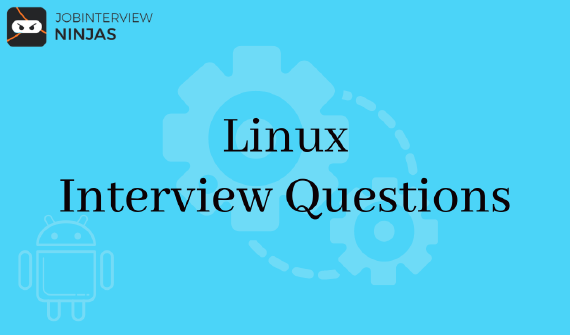
Top 40 Jenkins Interview Questions And Answers For Freshers/Experienced
If you are looking for a career in software development, then Jenkins is definitely worth exploring. This widely used …

Here you’ll find the list of best Laravel Interview Questions to prepare for your upcoming job interview. These are the frequently asked questions in job interviews so you can prepare these Laravel Interview Questions and Answers to ace the interview. Laravel is a PHP framework so the questions related to it can be asked during a PHP interview. I suggest you prepare this topic as well if you are appearing for a PHP technical job interview.
About Laravel: It is a web application PHP framework that has easy, expressive, elegant syntax. Laravel tries to ease the common development tasks in the majority of web projects, like authentication, sessions, routing, caching, etc.
2. Name the latest Laravel version?
4. List down the aggregate methods of the query builder.
8. Explain directories operated in Laravel applications.
9. What is the full form of ORM?
11. What is reverse routing in Laravel?
12. What are traits in Laravel?
13. Describe the idea of contracts in Laravel.
14. Tell me the way to register service providers?
15. Where will you describe Laravel’s Facades?
16. Differentiate between the get and post method.
17. Name the default packages of Laravel 5.6.
18. Explain service containers in Laravel?
19. How can you allow query log in Laravel?
20. What do you understand about dependency injection and their types?
21. Tell me the benefits of using Laravel?
22. How can you lower memory usage in Laravel?
23. Name types of relationships in Laravel Eloquent.
24. Tell me the name of the Template Engine used by Laravel.
25. List some of the databases that Laravel supports?
26. Explain the importance of migrations?
30. Which class is operated in handling exceptions?
31. Tell me the familiar HTTP error codes?
32. Describe a fluent query builder in Laravel?
33. Explain the use of the dd() function?
34. Name some common artisan commands operated in Laravel.
35. Explain the way to configure a mail-in Laravel?
37. Differentiate between delete() and softDeletes().
38. Tell me the way to create a real-time sitemap.xml file in Laravel?
39. Describe faker in Laravel.
40. Tell me the way to inspect whether a table exists or not in the database?
41. Differentiate between insert() and insertGetId() function in Laravel?
42. Name some basic concepts in Laravel?
43. Explain Implicit Controller.
44. Tell me the way to use the custom table in Laravel Model?
45. Explain the MVC framework?
48. Name the file that helps in creating a connection with the database?
50. List down the Inbuilt Authentication Controllers of Laravel.
2. Name the latest Laravel version?
4. List down the aggregate methods of the query builder.
8. Explain directories operated in Laravel applications.
9. What is the full form of ORM?
11. What is reverse routing in Laravel?
12. What are traits in Laravel?
13. Describe the idea of contracts in Laravel.
14. Tell me the way to register service providers?
15. Where will you describe Laravel’s Facades?
16. Differentiate between the get and post method.
17. Name the default packages of Laravel 5.6.
18. Explain service containers in Laravel?
19. How can you allow query log in Laravel?
20. What do you understand about dependency injection and their types?
21. Tell me the benefits of using Laravel?
22. How can you lower memory usage in Laravel?
23. Name types of relationships in Laravel Eloquent.
24. Tell me the name of the Template Engine used by Laravel.
25. List some of the databases that Laravel supports?
26. Explain the importance of migrations?
30. Which class is operated in handling exceptions?
31. Tell me the familiar HTTP error codes?
Error 404 – Shows when Page is not found.
Error- 401 – This shows when an error is not authorized
32. Describe a fluent query builder in Laravel?
33. Explain the use of the dd() function?
34. Name some common artisan commands operated in Laravel.
35. Explain the way to configure a mail-in Laravel?
37. Differentiate between delete() and softDeletes().
38. Tell me the way to create a real-time sitemap.xml file in Laravel?
39. Describe faker in Laravel.
40. Tell me the way to inspect whether a table exists or not in the database?
41. Differentiate between insert() and insertGetId() function in Laravel?
42. Name some basic concepts in Laravel?
43. Explain Implicit Controller.
44. Tell me the way to use the custom table in Laravel Model?
45. Explain the MVC framework?
48. Name the file that helps in creating a connection with the database?
50. List down the Inbuilt Authentication Controllers of Laravel.

If you are looking for a career in software development, then Jenkins is definitely worth exploring. This widely used …

In this post, we will cover a few Linux interview questions and their answers. So, let’s get started. In this …